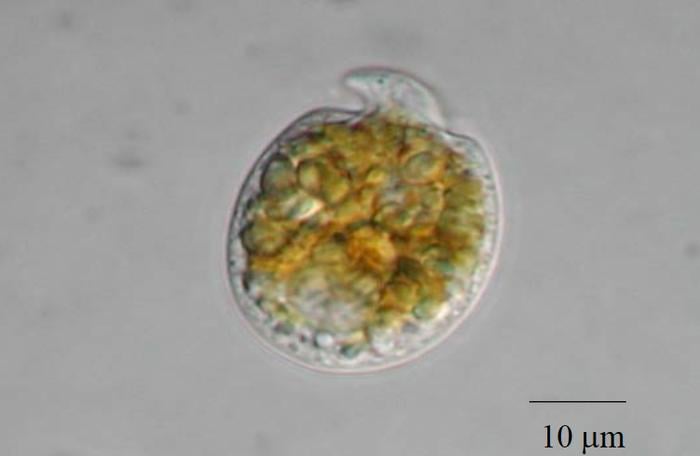Japanese researchers have solved the complex molecular structure of a potent anticancer compound found in marine organisms off Iriomote Island, opening new paths for drug development after years of scientific pursuit.
Published in Journal of the American Chemical Society | Estimated reading time: 3 minutes
Working at the intersection of chemistry and marine biology, research teams from Chuo University and Kochi University have cracked the molecular puzzle of iriomoteolide-1a, a natural compound that shows remarkable promise in fighting cancer cells. This breakthrough comes after more than a decade of attempts by research groups worldwide to determine its precise structure.
Led by Professor Haruhiko Fuwa of Chuo University and Professor Masashi Tsuda of Kochi University, the team developed an innovative approach combining three sophisticated techniques to unveil the compound’s structure. Their method narrowed down possible configurations from over 4,000 to just four before identifying the correct arrangement.
The compound, derived from marine dinoflagellates – microscopic organisms found in coastal waters – has drawn significant attention from chemists globally due to its potent anti-cancer properties. However, its complex structure had proven resistant to traditional analysis methods, earning it a reputation as one of chemistry’s most challenging molecular mysteries.
Using an integrated strategy that merged NMR spectroscopic analysis, theoretical calculations, and total synthesis, the researchers not only determined iriomoteolide-1a’s structure but also confirmed its powerful anti-cancer properties at nanomolar concentrations. The team additionally solved the structure of a related compound, iriomoteolide-1b, using similar methods.
This achievement represents more than just solving a complex puzzle – it establishes a new paradigm for analyzing difficult natural compounds, potentially accelerating future drug discovery efforts. The validated structure now provides a foundation for investigating how these molecules work against cancer cells and how they might be modified to enhance their therapeutic potential.
Glossary
- Dinoflagellate
- Microscopic marine organisms that can produce biologically active compounds
- NMR Spectroscopy
- A technique that reveals molecular structure by examining how atoms interact with magnetic fields
- Stereostructure
- The three-dimensional arrangement of atoms within a molecule, crucial for its biological activity
Where was the source organism for iriomoteolide-1a collected?
Off the coast of Iriomote Island, Okinawa, Japan.
How many possible structural arrangements did researchers initially need to consider?
4,096 possible stereoisomers.
What three main techniques were integrated to determine the compound’s structure?
NMR spectroscopic analysis, theoretical calculations, and total synthesis.
Why had previous attempts to determine the structure failed, and how did this new approach overcome those challenges?
Traditional NMR spectroscopy alone was insufficient due to the molecule’s complexity. The new approach succeeded by combining multiple techniques and using molecular mechanics-based conformational searches to narrow down possibilities before confirmation through synthesis.
Further Information
- Iriomoteolide-1a: A Potent Cytotoxic Macrolide from Marine Dinoflagellates
- Total Syntheses of the Proposed Structure of Iriomoteolide-1a
- Long-Sought Structure of Powerful Anticancer Natural Product Finally Solved
Enjoy this story? Subscribe to our newsletter at scienceblog.substack.com.


